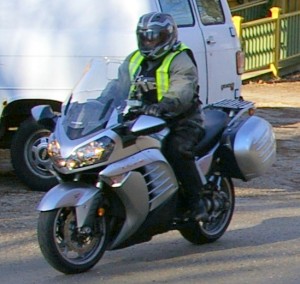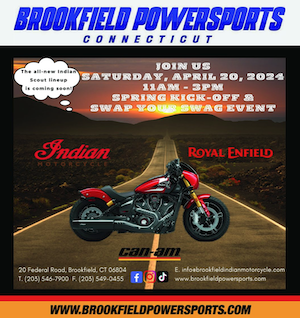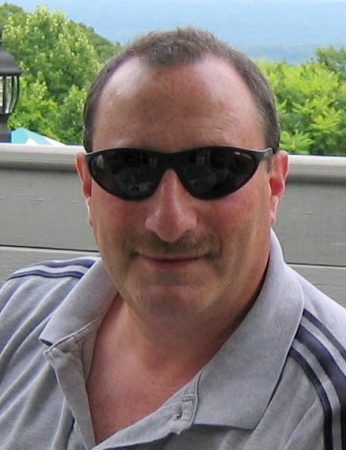By Steve Smith
 A few years ago, my son was struck in the leg and foot by a vehicle that nearly rear-ended him while he was stopped at a traffic light. He was 19 years old at the time and a fairly new rider. The driver swerved around him at the last minute. Fortunately, he was fine, except for some minor bruising. After he explained what happened, we discussed how his experience could have had a different outcome. His incident is not unlike so many others when a motorcycle gets hit by another vehicle.
A few years ago, my son was struck in the leg and foot by a vehicle that nearly rear-ended him while he was stopped at a traffic light. He was 19 years old at the time and a fairly new rider. The driver swerved around him at the last minute. Fortunately, he was fine, except for some minor bruising. After he explained what happened, we discussed how his experience could have had a different outcome. His incident is not unlike so many others when a motorcycle gets hit by another vehicle.
In this case, he could have flashed his brake light repeatedly. He could have also glanced in the rear view mirrors for a vehicle that might not be see him while coming to a stop at the traffic light. He could have left room in front to provide an escape path. I explained that even when a crash between a motorcycle and another vehicle is not the rider’s fault, they stand to take the full brunt of the crash. We may not be able to avoid all crashes, but motorcyclists can do more to minimize the chance of a crash.
When someone hits a motorcycle the immediate and typical response is “I didn’t see him.” This statement is a bit irresponsible as the driver is trying to push the blame onto the rider. Did the motorcycle just appear there? It could be there is some partial truth to the statement. Maybe the driver was not as attentive as they should be. There are all sorts of distractions to drivers that will cause them to miss the small important things out there. I have seen drivers talking to passengers, putting on makeup or combing hair, reading newspapers, and using of cell phones.
Motorcycles are significantly smaller than other roadway users and can blend into traffic and be overlooked. Think of a motorcycle in line with another vehicle. From a distance, depth perception could be distorted and it can appear that the motorcycle’s headlight or taillight might belong to car in front or behind. Motorcycles can easily disappear in a vehicle’s blind spots. This is why it is so important for motorcyclist to do things to stand out and be seen in traffic as well as be on the watch for potential hazards while riding.
Many of the motorcycle crashes in the news appear to be reportedly due to a vehicle turning left in front of the motorcycle. Let’s take, for example, a motorcyclist riding in the right third of the lane behind a truck and tailgating slightly. The vehicle behind the motorcycle has left a reasonable following distance gap. What will the oncoming traffic see behind the truck and the car? Consider what they see is a large enough gap that they can make a quick left turn in front of the car, and unfortunately right into the path of travel of the unseen motorcycle. Wouldn’t the rider be more visible to oncoming traffic by increasing following distance and being positioned to the left?
 Wearing brightly colored helmet and gear can also help us to stand out more. Bud and I totally believe in the value of wearing a safety vest like the one made by Rocketmanvest.com to stand out in traffic. Another thing is that lane position while riding should not be static. Move to the best position to communicate your presence and be seen. These strategies and others are summarized in a one page informational flyer from the Motorcycle Safety Foundation: MSF – Quick Tips.
Wearing brightly colored helmet and gear can also help us to stand out more. Bud and I totally believe in the value of wearing a safety vest like the one made by Rocketmanvest.com to stand out in traffic. Another thing is that lane position while riding should not be static. Move to the best position to communicate your presence and be seen. These strategies and others are summarized in a one page informational flyer from the Motorcycle Safety Foundation: MSF – Quick Tips.
Please do what you can to see and be seen, In the immortal words of TV series Hill Street Blues Sgt. Phil Esterhaus, “Let’s be careful out there.”
 Ride CT & Ride New England Serving New England, NYC and The Hudson Valley!
Ride CT & Ride New England Serving New England, NYC and The Hudson Valley!



